Detailed introduction of Lucerne University of Applied Sciences and Arts:
Introduction and Overview
Lucerne University of Applied Sciences and Arts is an applied science university in six cantons in central Switzerland. It provides students with education from undergraduate to postgraduate levels, covering multiple disciplines such as engineering and architecture, business, information technology, social work, art and design, music, etc. It is the largest university-level educational institution in central Switzerland.
History and Establishment Time
The university was established in 1997. Its predecessor was the University of Applied Sciences Central Switzerland, and it was renamed on October 15, 2007.
School Strength
Faculty: In 2021, the school has 1,421 academic staff and 512 administrative staff, who can provide students with professional teaching guidance and good learning support.
Student size: In 2021, there are more than 7,800 students studying for bachelor's or master's degrees, and another 4,700 People participate in continuing education and senior management training courses.
Research results: The school has carried out research projects with application value in many fields, such as research results in biotechnology, information technology and other fields, providing technical support and innovative ideas for the development of related industries.
Institutional nature
Public university.
Educational philosophy
Emphasis on practice-based, through interdisciplinary teaching and research, to cultivate students' innovative, creative and entrepreneurial thinking and action capabilities, so that students can master the ability to deal with 21 Professional skills for the challenges of the century, preparing for future careers.
Key laboratories and disciplines
Key laboratories: The school has laboratories such as the Biotechnology Space Support Center, which provide advanced experimental conditions and technical platforms for research and teaching in disciplines such as biotechnology and medical engineering.
Key disciplines:
Engineering and Architecture: Focus on cultivating students' professional skills and innovative abilities in architectural design, civil engineering, mechanical engineering, electrical engineering, etc., so that they can engage in design, construction, management and other work in the engineering field.
Business and Management: Covers majors such as business administration, finance, accounting, marketing, international management and economics, cultivates professionals with business insight and management capabilities, and supplies talents for enterprises and financial institutions.
Information Technology: Including majors such as computer science, information systems, and software engineering, cultivates students' development, application and management capabilities in the field of information technology to meet the demand for information technology talents in the digital age.
Art and Design: There are majors such as graphic design, product design, animation, and fine arts, focusing on cultivating students' artistic creativity and design practice ability, so that they can be creative in the field of art and design and engage in related design work.
Music: Established in 1999 by the Lucerne Conservatory of Music, the Church Music Academy and the Jazz School It was formed by the merger of the two schools in 2000. It provides professional courses such as music performance, composition, and music education, and cultivates music talents with musical talent and professional quality.
Social work: It is committed to cultivating students' professional quality and practical ability in social services, social management, social policies, etc., and provides professional support for social welfare and community development.
Department settings
The school has the following departments and colleges:
School of Engineering and Architecture: It provides professional courses such as civil engineering, mechanical engineering, and electrical engineering to cultivate professional talents in the engineering field.
School of Computer Science and Information Technology: It covers majors such as computer science, information systems, and software engineering, and focuses on cultivating students' information technology capabilities.
School of Business and Management: It includes majors such as business administration, finance, accounting, and marketing, and cultivates management and professional talents in the business field.
School of Social Work: It cultivates students' professional quality and practical ability in social services, social policies, etc.
School of Art and Design: It has majors such as graphic design, product design, animation, and fine arts, and cultivates creative talents in the field of art and design.
School of Music: It provides professional courses such as music performance, composition, and music education to cultivate music professionals.
Ranking
According to the Scimago institutional ranking, the school's overall ranking, research ranking, innovation ranking and social ranking have all improved during the period 2021-2023. In 2023, the overall ranking is 4364, the research ranking is 4913, the innovation ranking is 3236, and the social ranking is 5330.
Expenses
Tuition fees: Varies depending on the major and level of study. Specific tuition information can be found on the school's official website.
Living expenses: The cost of living in Switzerland is relatively high, about 1500-2500 Swiss francs per month, including expenses on accommodation, food, transportation, entertainment, etc.
Campus
Campus distribution: The school has campuses in Lucerne, Horw, Emmenbruck and Rotkreuz, providing students with a good learning and living environment.
Campus facilities: The campus is equipped with modern teaching facilities and complete living facilities, including libraries, laboratories, student dormitories, sports facilities, restaurants, etc., to meet the students' learning and living needs.
-

University of Applied Sciences and Arts of Western Switzerland
-

University of Basel
-

Swiss Federal Institute of Technology Zurich
-

University of Bern
-
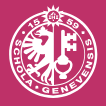
University of Geneva
-

University of Lausanne
-

Università della Svizzera Italiana
-

University of St. Gallen
-

Bern University of Applied Sciences
-
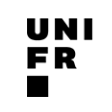
University of Fribourg
-

Mesoamerican University
-

Istmo University
-
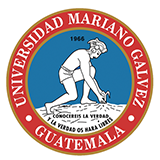
Mariano Galvez University of Guatemala
-
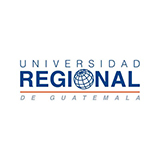
Regional University of Guatemala
-
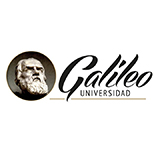
Galileo University
-
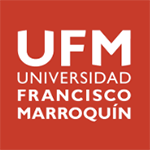
Francisco Marroquín University
-

Rafael Landívar University
-
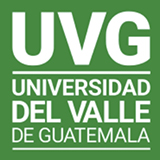
University of the Valley of Guatemala
-
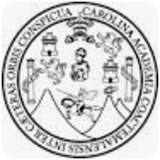
University of San Carlos of Guatemala
-

Technological Institute of Tlaxcala Plateau
-

Golfo University
-
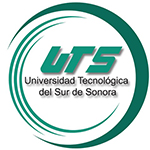
Technological University of South Sonora
-
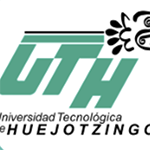
Technological University of Huejotzingo
-
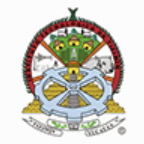
Tizimín Institute of Technology
-
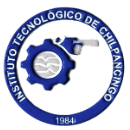
Chilpancingo Institute of Technology

